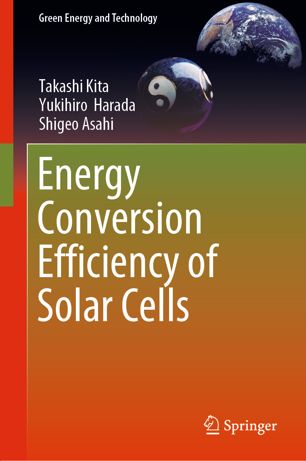

Most ebook files are in PDF format, so you can easily read them using various software such as Foxit Reader or directly on the Google Chrome browser.
Some ebook files are released by publishers in other formats such as .awz, .mobi, .epub, .fb2, etc. You may need to install specific software to read these formats on mobile/PC, such as Calibre.
Please read the tutorial at this link: https://ebookbell.com/faq
We offer FREE conversion to the popular formats you request; however, this may take some time. Therefore, right after payment, please email us, and we will try to provide the service as quickly as possible.
For some exceptional file formats or broken links (if any), please refrain from opening any disputes. Instead, email us first, and we will try to assist within a maximum of 6 hours.
EbookBell Team

4.0
56 reviewsThis book offers a concise primer on energy conversion efficiency and the Shockley-Queisser limit in single p-n junction solar cells. It covers all the important fundamental physics necessary to understand the conversion efficiency, which is indispensable in studying, investigating, analyzing, and designing solar cells in practice. As such it is valuable as a supplementary text for courses on photovoltaics, and bridges the gap between advanced topics in solar cell device engineering and the fundamental physics covered in undergraduate courses.
The book first introduces the principles and features of solar cells compared to those of chemical batteries, and reviews photons, statistics and radiation as the physics of the source energy. Based on these foundations, it clarifies the conversion efficiency of a single p-n junction solar cell and discusses the Shockley-Queisser limit. Furthermore, it looks into various concepts of solar cells for breaking through the efficiency limit given in the single junction solar cell and presents feasible theoretical predictions. To round out readers’ knowledge of p-n junctions, the final chapter also reviews the essential semiconductor physics.
The foundation of solar cell physics and engineering provided here is a valuable resource for readers with no background in solar cells, such as upper undergraduate and master students. At the same time, the deep insights provided allow readers to step seamlessly into other advanced books and their own research topics.